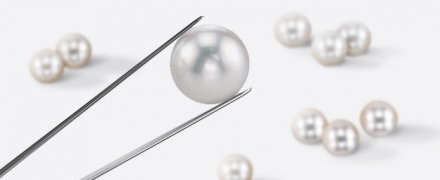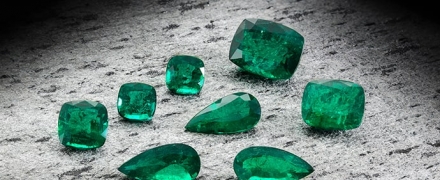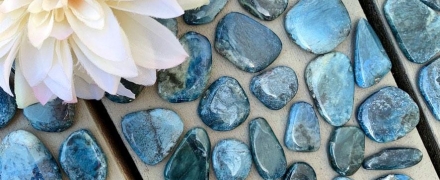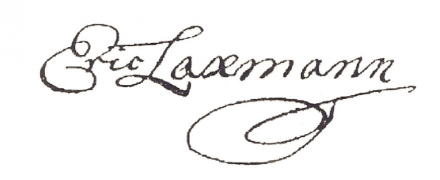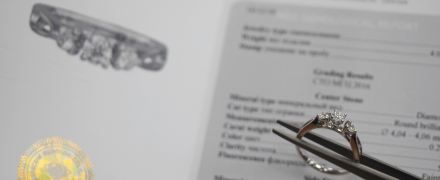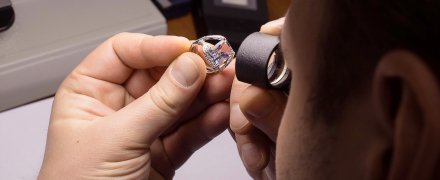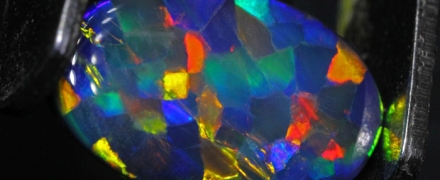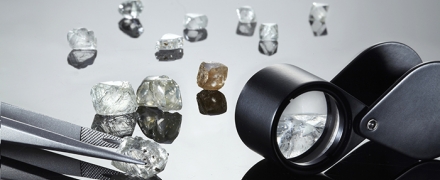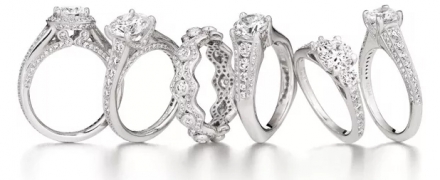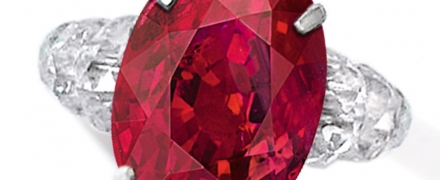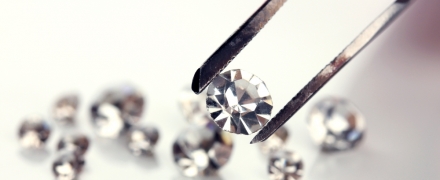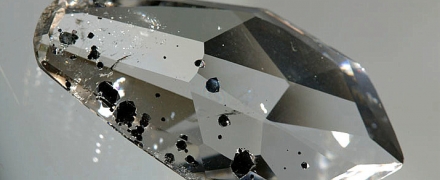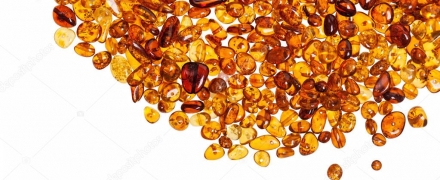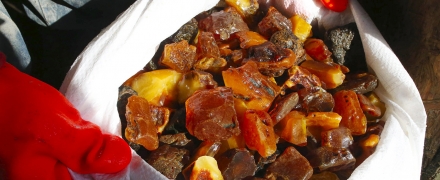open 10 am - 7 pm
laboratory is closed
Such different opals

The modern opal market is filled with a variety of stones and products made from them, and prices for these stones can vary more than a thousand times. The most important difference is what is being sold for the opal. In addition to synthetic stones, composite stones are also common in jewelry, the so-called doublets and triplets, in which only the upper or middle part of the stone consists of opal. In the doublets, under the upper opal part, there is a lining made of non-jewelry material, which sets off the opal lining. In opal triplets, a thin plate is made, placed in the middle part of the stone, a transparent quartz or glass overlay is placed above it, and a lining, as a rule, is opaque in the lower part. Many items are made from "base" opals - opals devoid of color play (opalescence). Often low-grade “noble” opals, which have increased porosity and low opalescence intensity, undergo refinement - impregnation, which, by filling the pores in the stone, makes its play more distinct. Another type of refinement is opal carbonation. During this process, opals soaked in organic matter are heated until they become charred. As a result, the pores filled with organic matter become black, and the brightness of opalescence against a dark background increases. Often the carbonization and impregnation processes are combined. Another “product” used to make jewelry inserts is boulder opal. Boulder opal is an opal with a fragment of the host rock. The most valuable among such opals are specimens in which the rock is located on the back of the cabochon and does not impair the external perception. A type of boulder opal is matrix opal - a rock interspersed with small opal aggregates. Matrix opals with the maximum density of such concretions are in the greatest demand. But no matter how the boulder and matrix opals look, they are not in competition with real "noble" opals. Another type of noble opal is crystal opal. These opals are transparent and translucent to the observer, while real opals are opaque or only translucent. There is also a "fire" opal. This opal is yellow, yellow-orange or orange-red, with opalescence of complementary colors. If opal is devoid of play, then it is called jelly opal.


